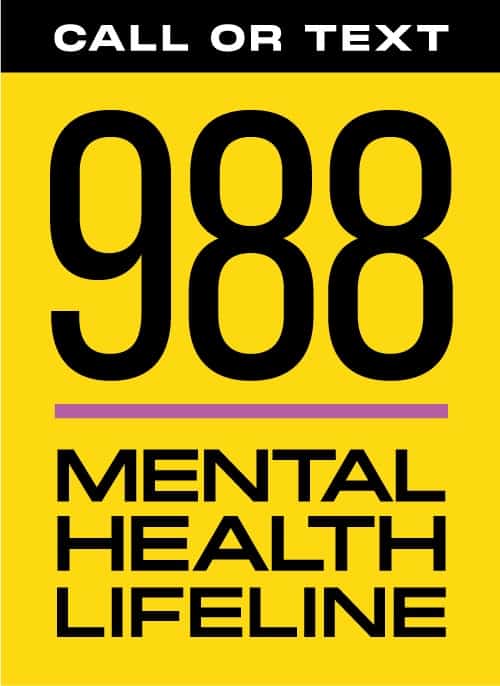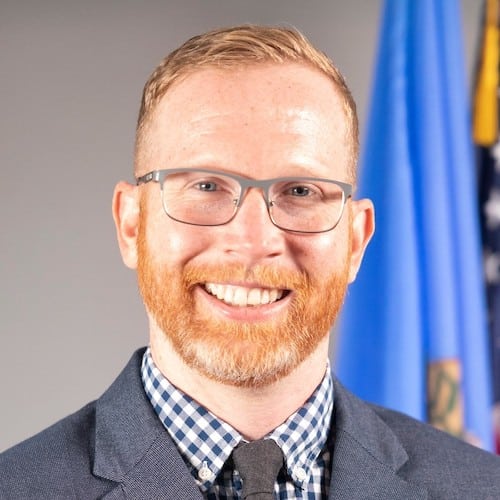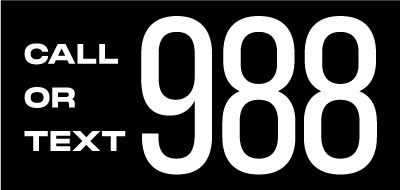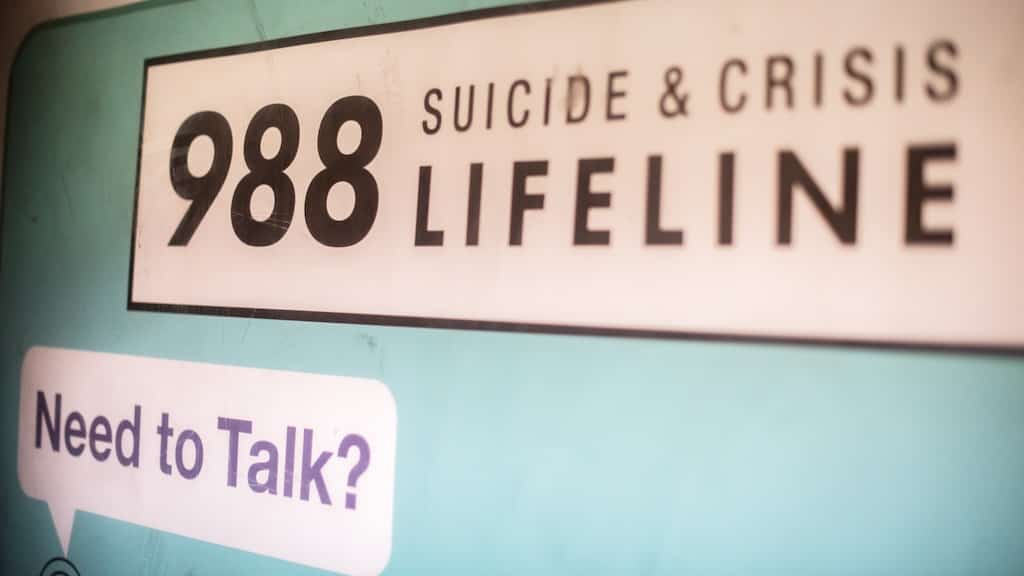Last Updated on August 6, 2023, 10:48 AM | Published: August 6, 2023
OKLAHOMA CITY — With a full year now since the launch of Oklahoma’s branch of the national 988 mental health hotline, local program administrators say that call numbers are still steadily rising, and that’s a good thing.

When the 988 hotline program went live nationwide in July 2022, it replaced the longstanding, ten-digit mental health crisis and suicide hotline, hoping to encourage a greater number of calls with a heavily simplified, three-digit number and a widespread multi-media promotion campaign.
For Oklahoma’s implementation of the federally mandated hotline program, state officials wanted all calls from within the state to be answered locally, ensuring that Oklahomans would be talking with other Oklahomans, and that local help could be suggested or dispatched more easily.
Of the more than 4 million calls received through the hotline nationwide, roughly 40,000 were placed in Oklahoma, with more than 7,100 placed in Oklahoma County alone, the largest by-county call total by far.
More Calls, More Help
Even after a full year since the first launch and implementation of the 988 hotline, program leaders say that call numbers have steadily continued to rise.

“People are asking ‘is it concerning that you’re seeing more calls each month?'” said Tony Stelter, Director of Solari Crisis and Human Services, the crisis contact center that handles Oklahoma’s 988 calls, and the Director of the 988 hotline program in the state.
“I don’t think it is concerning,” Stelter told me. “I think it’s actually a positive thing because it means we’re getting people that wouldn’t normally call, that wouldn’t reach out. And I think it’s because they feel more comfortable reaching out to this line.”
The more people that call, leaders say, the more people struggling or in crisis can receive help.
According to data collected and monitored by the Oklahoma Department of Mental Health and Substance Abuse (ODMHSAS), as many as 90% of calls statewide saw the caller in crisis leaving feeling resolved after an average call length of 16 minutes.
Of the remaining 10% that required help to be dispatched in person, data shows seven out of ten cases solved positively after crisis management arrived on the scene.

Policing Concerns
Since the 988 program’s launch, a lingering concern (leftover from the older Suicide Hotline days) is that calling the hotline during a mental health crisis is likely to result in the police being dispatched to you, an outcome that many actively in crisis are particularly afraid of.
Stelter says that’s not the intention of the program, the hope instead being that calls can be resolved amicably or that they be transferred to trained mental health specialists.

“In 40,000 calls, under 3% have ever resulted in emergency response being sent to someone,” Stelter said. “We’re always trying to find the least restrictive methods, so even if we have to send someone, we’re going to try to send a mobile crisis team.”
By law, calls involving the active harming of oneself or someone else, or calls involving a dangerous or neglectful situation for children are required to involve law enforcement, but program leaders want to encourage people as much as possible to call 988 well before a situation reaches that point.
“Nationally, it’s still the Suicide Crisis Line, but in Oklahoma, it’s the Mental Health Lifeline,” said ODMHSAS Public Relations Director Bonnie Campos. “We want to reach people before they’re in crisis, meaning you can call if you’re having a bad day or just anxiety, because we know we’re more effective when we’re giving people tools on the front end, rather than when they are in crisis.”
Going Forward
With a full year of working out these methods and philosophies, and with call volumes still rising, Oklahoma’s 988 program leaders have some plans for improving and evolving the hotline going forward.
Particularly, expanding the service into other state areas and establishing their crisis management as the first response in more cases.
“We’re working with the Tribes right now, working on those relationships to make sure that we can provide this same service with them, and they’ve been great partners,” Stelter said.

“And we’re working with 911 to divert more calls from them. Some people still call 911 just because that’s all they know, and some of those calls aren’t appropriate for 911. We can handle those in a much better way, where they don’t need a police response. Where it can just be a phone call.”
Ultimately, the goal is to make sure that people anywhere in the state of Oklahoma know that they can call 988 and connect to someone that will try to help, even if just by listening.
“We’re trying to provide that kind of bridge,” Stelter said. “People have this line where they can even remain anonymous, and I think it makes it more accessible and maybe something more comfortable for folks to get those services that they may have never reached out for because they didn’t feel comfortable until now.”
If you or a loved one is experiencing a mental health crisis, or if you just want to talk to someone about your mental health or your feelings, call 988 to be connected with someone 24 hours a day.
Brett Fieldcamp has been covering arts, entertainment, news, housing, and culture in Oklahoma for nearly 15 years, writing for several local and state publications. He’s also a musician and songwriter and holds a certification as Specialist of Spirits from The Society of Wine Educators.










